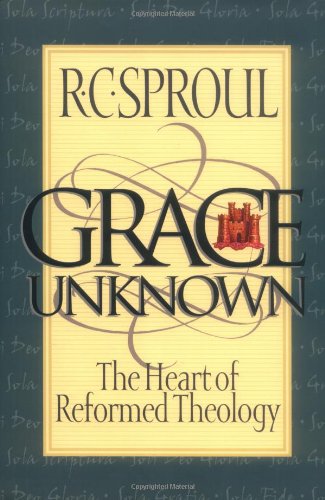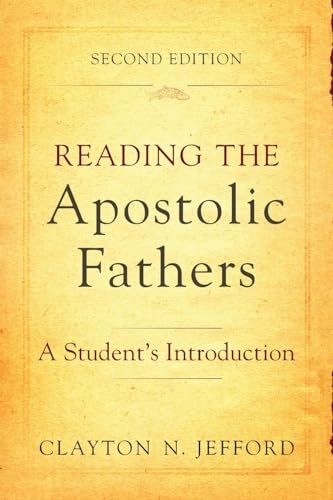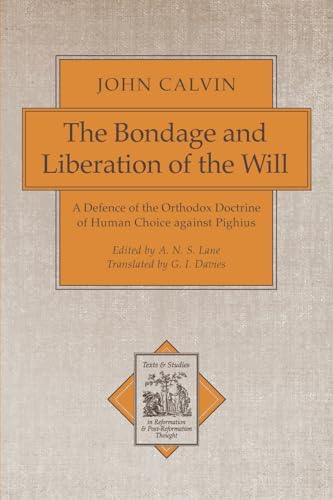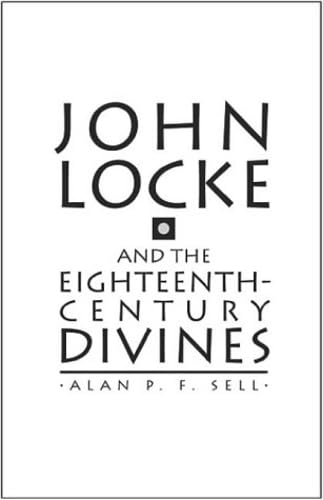The Book of Acts in its Palestinian Setting Volume 4
Written by Richard Bauckham (ed) Reviewed By John PolhillThis volume is numbered four in a series of six which deal in general with the various ‘settings’ that furnish the backdrop to the book of Acts. Four of the volumes are collections of essays, each with a number of contributors—the literary setting (vol. 1, already published), the Graeco-Roman setting (vol. 2), this volume, and the sixth volume, which treats the theology of Acts. The other two volumes are by individuals and deal with Paul’s Roman custody (by Brian Rapske) and the Diaspora setting of Acts (Irina Levinskaya). With such an ambitious undertaking, one is reminded of the 5-volume Beginnings of Christianity from the other end of the century. There is a major difference, however. The Beginnings reflected the textual and historical-critical concerns of that scholarly era. The ‘Settings’ reflect contemporary literary and social backgrounds concerns. This new series is perhaps most like volume 5 of the Beginnings—the ‘Additional Notes’ which is a rich mine of articles on specific topics. I always considered that the most useful volume in that series. I like this new series for the same reason. Its volumes provide careful research on a wide range of issues raised by the narrative of Acts.
The format of this book is very user-friendly. Each chapter is provided with a brief outline in the table of contents so one can quickly determine exactly what it treats., This is helpful, since this is more a reference work than a ‘read-it-through’ book. Along the same lines, a summary of a paragraph or so is given at the beginning of each article. Finally, the extensive notes are presented as footnotes and not as end-notes.
The contributors are drawn from a wide range of scholarship. Some are seasoned, well-known NT scholars like Martin Hengel, Ernst Bammel, Richard Bauckham, and Jerome Murphy-O’Connor. Others are well-published NT scholars who are perhaps less familiar to English-speaking students, such as Simon Legasse. Some are young scholars drawing on their dissertation research. As a whole, this volume represents a wide range of international scholarship with contributors from England, Scotland, France, Germany, Israel, Canada, and the United States. Most are biblical specialists, but several have their expertise in other related areas, such as the classics and ancient history.
There are fifteen articles in this 480 page volume. They vary in length from seven pages (Bammel) to sixty-five (Bauckham). They deal with a wide variety of Acts-related subjects. What joins them together is that all relate to first-century Palestinian Judaism or the early Palestinian Christian church. Some of the articles are quite narrowly focused, such as Margaret Williams’ treatment of personal names in Acts. In examining the names, however, she challenges some old assumptions, such as that which sees all seven of the Hellenist servers in Acts 6:5 as being Diaspora Jews.
Some of the articles deal with around which has not been previously ploughed very extensively, such as Tessa Rajak’s examination of the various ethnic groups represented in first-century Palestine and David Fiensy’s treatment of the social composition of the Jerusalem church. Most of the articles take a fresh look at old issues. David Gill’s contributions examines the Roman provincial organisation during the period covered by Acts, dealing with such questions as whether Pilate should be considered a prefect or a procurator. Martin Hengel deals with Luke’s knowledge of Palestinian geography and concludes that he is most accurate when dealing with the coastal areas, less so for inland—exactly what one would expect of the person responsible for the ‘we’ passages in Acts. Steve Mason takes a fresh look at the Jewish leaders as depicted in Josephus and in Acts. Rainer Riesner challenges recent arguments that there were no synagogues in Jerusalem in NT times, basing his case on both literary and archaeological evidence. Wolfgang Reinhardt also tackles a well-treated subject—the population of Jerusalem in the first-century.
Several articles are based on archaeological evidence, such as Murphy-O’Connor’s thesis that the Cenacle, the traditional site of the Lord’s Supper, was the earliest meeting place of the Jerusalem church. Brian Capper examines the evidence for a community of good among the Essenes and argues that it had a double-tiered pattern, one for the monasteries and one for the towns, and that this influenced the early Christian practice.
Daniel Falk’s article is based more on literary evidence, showing that the places and times of prayer as depicted in Acts are in line with the Jewish practice at that time. Perhaps the most disappointing article is that of Ernst Bammel, being too brief to develop its subject adequately. Joshua Schwartz examines the rabbinic Ben Stada traditions in light of the Acts narrative of Peter’s ministry in Lydda. His connection of the two is tantalising but failed to convince this reviewer.
The remaining two articles are primarily based on the Acts narrative itself, offering a fresh look at the text. Legasse deals with Paul’s pre-Christian career and argues for a methodology which gives a critical reading of both Acts and Paul’s epistles. The concluding article is by Richard Bauckham, the editor of the volume. He treats a number of issues surrounding the leadership of the Jerusalem church in the early-Christian movement, such as the form of its organization, the role of James, and the purpose of the apostolic decrees.
One can readily see the specialized nature of this volume. It is definitely a scholar’s reference work, as the whole series was designed to be. Acts specialists will want this volume on their shelves. Students can seek out the library’s copy.
John Polhill
Southern Baptist Theological Seminary
Louisville, KY







